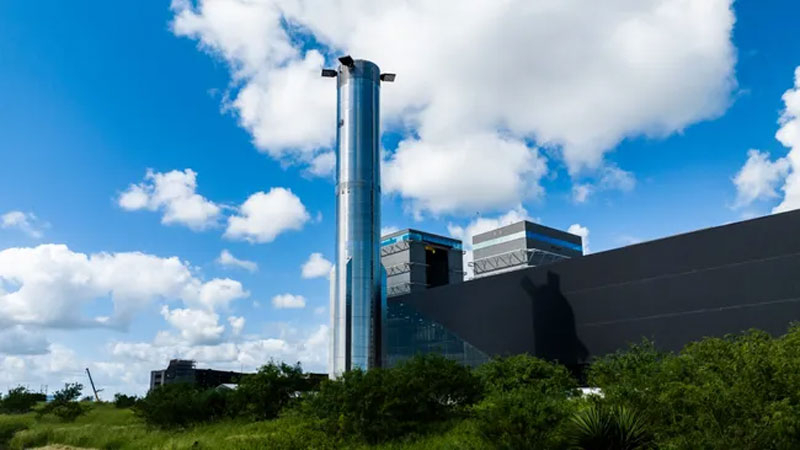SpaceX has announced that the sixth test flight of the Starship rocket system will not be long in coming. This time the ship will be sent into space eight hours later than usual, so that it splashes down in the Indian Ocean during daylight hours for better visualization of the crucial maneuver.

Rolling out the Super Heavy first stage for the sixth test flight. Image source: Starship
As it turned out, SpaceX simultaneously received permission from the regulator for the fifth and sixth test flights. Perhaps the procedure was accelerated by the public conflict between the company and the regulator, the US Federal Aviation Agency (FAA). Be that as it may, the sixth test launch will be carried out approximately a month after the fifth test of the rocket. According to a statement on the SpaceX website, this will happen on November 18 at 16:00 local time. It will be midnight in Moscow.
The goals of the sixth launch for the first stage of Super Heavy will be essentially the same as during the fifth test flight. The first stage must land softly and be captured by the launcher’s mechanism – “chopsticks”, as they are informally called. The ship will splash down gently in the Indian Ocean. What will differ from the previous test is that Starship will attempt to restart one of the engines in a vacuum and will attempt to increase the angle of attack as it passes through the atmosphere during the final stage of descent to evaluate flap performance and study different descent scenarios.
The ship will also receive slightly modified thermal protection and an improved backup system. The Super Heavy first stage has also been slightly modified in detail, and also received updated firmware for a number of components. It almost crashed onto the pad during a previous flight due to a software error, and this appears to have been corrected in preparation for the next test launch. If this time the launch truss picks up the first stage without any risk, then the flight will be considered successful.
The data collected during the sixth test flight will allow us to approach the seventh test launch with a “completely updated ship” – with new thermal protection, larger fuel tanks and redesigned flaps.